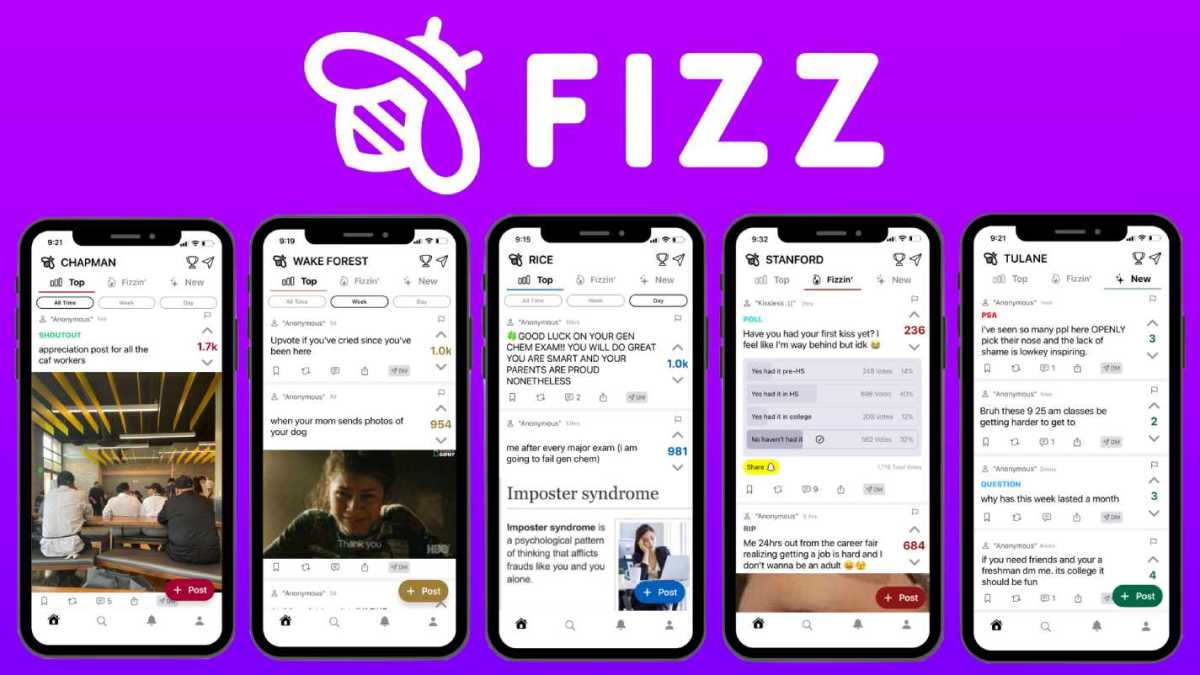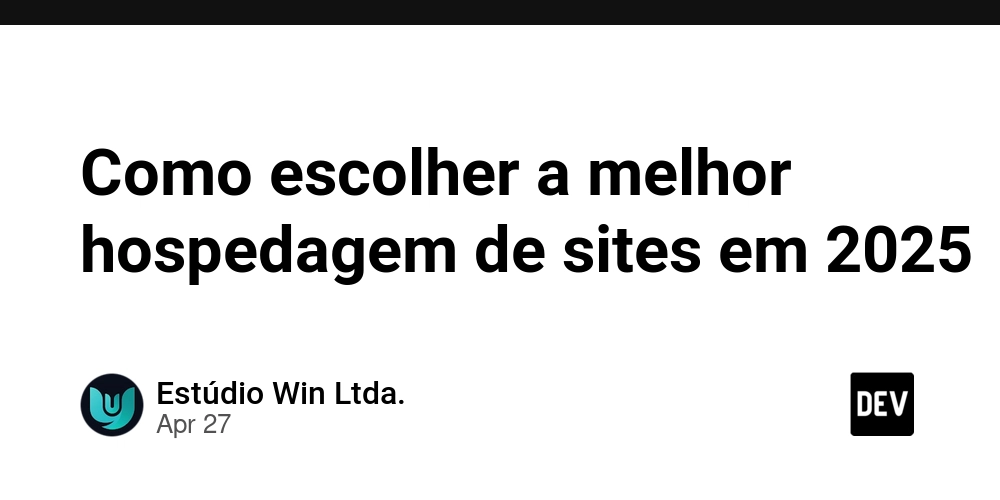Open Source Funding for Educational Resources and Blockchain-based Project Funding: A New Frontier in Education
Abstract: This post explores how open source funding and blockchain-based project funding are transforming education. We discuss the background, core concepts, practical use cases, challenges, and future trends in this emerging ecosystem. By merging community-driven open source practices with blockchain technology—featuring smart contracts, NFTs, and decentralized governance—we uncover innovative pathways to make quality educational content accessible, transparent, and sustainable. Learn how established platforms and cutting-edge initiatives like BitDegree, TeachMePlease, and licensing guides such as the Copyleft Licenses Ultimate Guide are spearheading this revolution. Introduction In the digital era, education is evolving rapidly. Traditional funding models are giving way to innovative approaches that leverage community contributions and cutting-edge technology. Two paradigms driving this change are open source funding for educational resources and blockchain-based project funding. By merging these models, educational projects gain unparalleled transparency, security, and scalability. This blog post examines the importance of these funding models, from foundational concepts to real-life applications, and highlights the role of smart contracts, tokenization, and NFTs in creating a robust, sustainable educational ecosystem. Background and Context The Evolution of Educational Funding Historically, educational content has depended on top-down funding from governmental bodies and private institutions. However, traditional models often lacked transparency and adaptability. The widespread adoption of digital technologies gave rise to open source funding strategies. Such approaches invite contributions from individuals, nonprofits, corporate sponsors, and crowdfunding platforms, ensuring that educational resources remain free, adaptable, and continuously updated. Key hallmarks of this evolution include: Accessibility: No licensing fees or proprietary barriers limit access to information. Collaboration: Global communities of educators and developers work together to refine content. Transparency: Financial transactions and development processes are open for review. Blockchain’s Role in Modern Funding Blockchain technology introduces a transparent, secure, and efficient system of verification for funding projects. Using a decentralized ledger, blockchain enhances trust by recording transactions immutably. Key innovations include: Smart Contracts: These self-executing contracts automatically release funds based on pre-defined milestones, reducing administrative overhead. NFTs and Tokenization: Digital tokens and non-fungible tokens (NFTs) reward contributors, incentivizing development and engagement. Decentralized Governance: Decisions regarding funding, resource management, and project direction are made collectively, reducing central points of control and enhancing accountability. The integration of open source funding and blockchain-based education creates a dynamic ecosystem. This system combines proven community practices with technological safeguards, setting the stage for revolutionary changes in how education is developed and maintained. Core Concepts and Features Understanding the fusion of these funding models requires examining their individual strengths and overlaps. Open Source Funding Model Open source funding is built on community collaboration. Its key features include: Community Contributions: Voluntary Input: Developers, educators, and enthusiasts contribute their time and expertise. Adaptability: Open source licenses allow materials to be remixed and improved, meeting local and cultural needs. Multiple Funding Channels: Crowdfunding: Platforms like GitHub Sponsors and Patreon ensure continuous support. Grants and Donations: Nonprofits and corporate sponsors help sustain projects. Cost Efficiency and Transparency: By avoiding proprietary fees, open source funding reduces costs, allowing funds to be redirected to development and innovation. Blockchain-Based Funding Blockchain adds technological robustness to the funding process. Its core features include: Decentralization and Security: Immutable Ledger: Every transaction is recorded permanently, making fraud or mismanagement less likely. Reduced Intermediaries: Funds flow directly from contributors to project developers, lowering overhead. Automated Disbursements: Smart Contracts: These contracts ensure that funds are released only when project milestones are met, maintaining financial discipline. Tokenization and NFTs: Incentivization: Projects can reward community members with NFTs, digital assets that may appreciate in value. Ownership Rights: Contributors may receive tokens representing their stake in the project, fostering a sense of ownership. Overlapping Benefits an
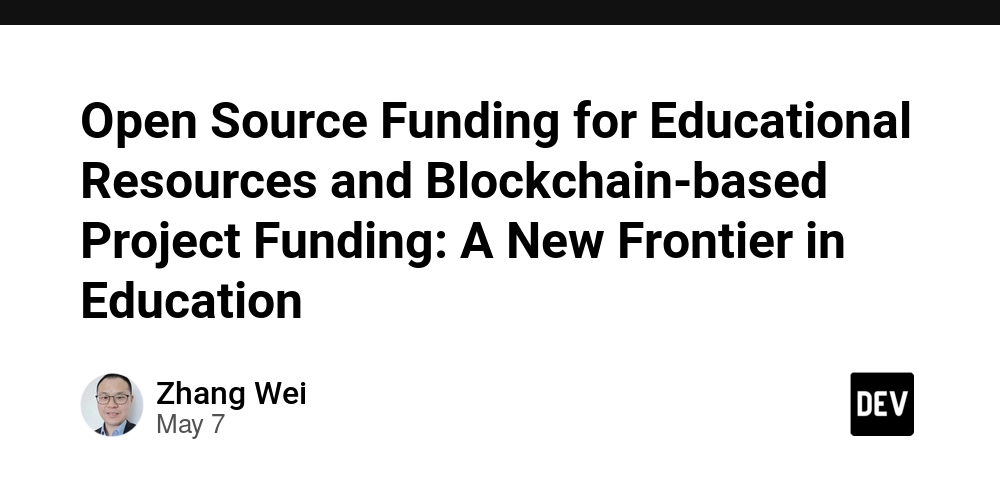
Abstract:
This post explores how open source funding and blockchain-based project funding are transforming education. We discuss the background, core concepts, practical use cases, challenges, and future trends in this emerging ecosystem. By merging community-driven open source practices with blockchain technology—featuring smart contracts, NFTs, and decentralized governance—we uncover innovative pathways to make quality educational content accessible, transparent, and sustainable. Learn how established platforms and cutting-edge initiatives like BitDegree, TeachMePlease, and licensing guides such as the Copyleft Licenses Ultimate Guide are spearheading this revolution.
Introduction
In the digital era, education is evolving rapidly. Traditional funding models are giving way to innovative approaches that leverage community contributions and cutting-edge technology. Two paradigms driving this change are open source funding for educational resources and blockchain-based project funding. By merging these models, educational projects gain unparalleled transparency, security, and scalability. This blog post examines the importance of these funding models, from foundational concepts to real-life applications, and highlights the role of smart contracts, tokenization, and NFTs in creating a robust, sustainable educational ecosystem.
Background and Context
The Evolution of Educational Funding
Historically, educational content has depended on top-down funding from governmental bodies and private institutions. However, traditional models often lacked transparency and adaptability. The widespread adoption of digital technologies gave rise to open source funding strategies. Such approaches invite contributions from individuals, nonprofits, corporate sponsors, and crowdfunding platforms, ensuring that educational resources remain free, adaptable, and continuously updated.
Key hallmarks of this evolution include:
- Accessibility: No licensing fees or proprietary barriers limit access to information.
- Collaboration: Global communities of educators and developers work together to refine content.
- Transparency: Financial transactions and development processes are open for review.
Blockchain’s Role in Modern Funding
Blockchain technology introduces a transparent, secure, and efficient system of verification for funding projects. Using a decentralized ledger, blockchain enhances trust by recording transactions immutably. Key innovations include:
- Smart Contracts: These self-executing contracts automatically release funds based on pre-defined milestones, reducing administrative overhead.
- NFTs and Tokenization: Digital tokens and non-fungible tokens (NFTs) reward contributors, incentivizing development and engagement.
- Decentralized Governance: Decisions regarding funding, resource management, and project direction are made collectively, reducing central points of control and enhancing accountability.
The integration of open source funding and blockchain-based education creates a dynamic ecosystem. This system combines proven community practices with technological safeguards, setting the stage for revolutionary changes in how education is developed and maintained.
Core Concepts and Features
Understanding the fusion of these funding models requires examining their individual strengths and overlaps.
Open Source Funding Model
Open source funding is built on community collaboration. Its key features include:
-
Community Contributions:
- Voluntary Input: Developers, educators, and enthusiasts contribute their time and expertise.
- Adaptability: Open source licenses allow materials to be remixed and improved, meeting local and cultural needs.
-
Multiple Funding Channels:
- Crowdfunding: Platforms like GitHub Sponsors and Patreon ensure continuous support.
- Grants and Donations: Nonprofits and corporate sponsors help sustain projects.
-
Cost Efficiency and Transparency:
- By avoiding proprietary fees, open source funding reduces costs, allowing funds to be redirected to development and innovation.
Blockchain-Based Funding
Blockchain adds technological robustness to the funding process. Its core features include:
-
Decentralization and Security:
- Immutable Ledger: Every transaction is recorded permanently, making fraud or mismanagement less likely.
- Reduced Intermediaries: Funds flow directly from contributors to project developers, lowering overhead.
-
Automated Disbursements:
- Smart Contracts: These contracts ensure that funds are released only when project milestones are met, maintaining financial discipline.
-
Tokenization and NFTs:
- Incentivization: Projects can reward community members with NFTs, digital assets that may appreciate in value.
- Ownership Rights: Contributors may receive tokens representing their stake in the project, fostering a sense of ownership.
Overlapping Benefits and Synergies
Both models prioritize transparency, collaboration, and accessibility. The following table provides a side-by-side comparison of key features:
| Feature | Open Source Funding | Blockchain-based Funding |
|---|---|---|
| Transparency | Open sharing of development insights | Immutable ledger recording all transactions |
| Collaboration | Community-driven improvements | Decentralized governance for inclusive decision-making |
| Cost Efficiency | Eliminates licensing fees | Reduces administrative overhead by automating fund disbursement |
| Funding Diversity | Donations, grants, crowdfunding | Cryptocurrency, smart contract-based disbursements, token sales |
| Security | Relies on community reviews and audits | Secure, tamper-proof transactions using blockchain technology |
| Adaptability | Open licenses allow remixing and localization | Programmability ensures dynamic allocation of funds based on needs |
Furthermore, bullet lists emphasize some core values:
- Accessibility: Educational resources available to a global audience.
- Accountability: Transparent fund trails offer real-time tracking.
- Incentivization: Token and NFT models motivate continuous engagement.
- Sustainability: Hybrid funding blends traditional support with blockchain innovations.
Applications and Use Cases
The convergence of open source and blockchain funding is already manifesting in innovative educational projects around the world.
Use Case 1: Blockchain-Enabled Scholarship Platforms
Scholarship initiatives are leveraging blockchain to guarantee transparency in fund distribution. Platforms such as TeachMePlease implement smart contracts that release funds when specific academic or project milestones are met. The process includes:
- Fund Collection: Resources are gathered from donations, grants, and crowdfunding.
- Smart Contract Execution: Upon reaching milestones, the conditions coded in the smart contract trigger the release of funds.
- Transparent Auditing: Stakeholders can verify transactions on the blockchain, reinforcing trust.
These platforms demonstrate that blockchain can reduce bureaucratic overhead, ensuring that funding reaches the intended recipients promptly while maintaining an auditable trail of transactions.
Use Case 2: NFT-Based Educational Incentivization
NFTs are revolutionizing how contributors are recognized and rewarded. For instance, initiatives such as the Zora NFT Collection – Zora Team and The Sandbox Assets NFT Collection – The Sandbox Team illustrate the potential of using NFTs to foster engagement within educational communities. Key elements of this approach include:
- Resource Tokenization: Contributors receive unique NFTs as a reward for their input, which may be traded or held as a digital asset.
- Incentivized Participation: NFTs can offer voting rights or exclusive content access, providing extrinsic value to contributors.
- Community Involvement: Token holders play a participatory role in decisions, aligning the project’s trajectory with community needs.
Use Case 3: Crowdsourced Educational Content Development
Another emerging model combines traditional crowdsourcing with blockchain validation. Projects hosted on platforms like GitHub Sponsors benefit from global crowd contributions while using blockchain to ensure that funds are utilized appropriately. The steps involved include:
- Project Launch: An educational project is initiated on an open source-oriented platform.
- Crowdfunding: Communities contribute funds via various channels.
- Blockchain Verification: Financial transactions and content updates are recorded on a blockchain, boosting accountability.
- Collaborative Content Development: Educators, developers, and students continually update the project, ensuring the material remains current and relevant.
Challenges and Limitations
While the merging of open source funding and blockchain technology holds promise, several challenges must be navigated.
Technical Challenges
-
Scalability Issues:
- Blockchain networks can face slow transaction speeds and high fees during peak times. Efforts like Layer 2 solutions (e.g., Arbitrum) are underway to mitigate these issues.
-
Smart Contract Complexity:
- Writing accurate smart contracts demands specialized expertise. Even minor vulnerabilities can lead to security breaches or mismanagement of funds.
-
Interoperability:
- Different educational platforms and blockchain systems must be integrated seamlessly. Complex technical standards and protocols can pose significant integration challenges.
Adoption and Regulatory Hurdles
-
User Familiarity:
- Many educators and administrators may be unfamiliar with blockchain and open source ecosystems, hindering adoption.
-
Regulatory Uncertainties:
- Governments are still formulating policies around digital assets and blockchain funding, which may impact the implementation of these models.
-
Sustainability of Funding Streams:
- While donations and crowdfunding provide initial momentum, long-term financial stability requires a balanced mix of funding sources.
Security and Privacy Concerns
-
Cybersecurity Threats:
- Both open source platforms and blockchain networks are targets for cyberattacks. Consistent auditing and robust security protocols are necessary.
-
Privacy vs. Transparency:
- Balancing the requirement for transparency with the need to protect sensitive personal data remains a key challenge.
Organizational and Cultural Barriers
-
Resistance to Change:
- Traditional institutions might be slow to adopt new funding mechanisms in favor of established models.
-
Complex Governance Structures:
- Decentralized governance can lead to slow or fragmented decision-making if robust frameworks are not well-defined.
Future Outlook and Innovations
The integration of open source and blockchain funding models is poised to revolutionize how educational resources are developed and distributed.
Emerging Trends
-
Broader Adoption of Smart Contracts:
- As smart contract development becomes more standardized and accessible, their use in funding will become more prevalent. Improved auditing tools will enhance their security, making them more trustworthy.
-
Enhanced Token Incentivization:
- Future developments in NFT and token models will offer nuanced rewards structures for contributors. This may include fractional ownership, enhanced voting rights, and cross-platform interoperability.
-
Hybrid Funding Strategies:
- Integrating traditional grants with decentralized funding mechanisms could lead to more robust financial models, ensuring continuous support for educational projects.
-
Data-Driven Transparency:
- Blockchain analytics and real-time dashboards will give donors and educators deeper insights into fund flows, enhancing overall accountability and trust.
Innovations on the Horizon
-
Decentralized Governance Models:
- New frameworks are emerging which allow stakeholders to guide project development collectively. Initiatives like License Token – A New Dawn in Open Source Funding are at the forefront of this innovation.
-
Interoperability Solutions:
- Cross-chain communication protocols will enable seamless integration between various platforms, supporting the underlying infrastructure for educational projects.
-
Integration with Digital Identity Solutions:
- Combining blockchain with digital identity verification ensures secure, verifiable academic credentials, further boosting the credibility of online education platforms.
Perspectives from the Developer Community
The developer community has begun to express enthusiasm and caution regarding these technologies. For example, articles such as Unlocking the Future: Open Source and Blockchain Funding Revolution highlight both the potential and the current challenges. Similarly, The Crucial Role of Sponsorship in Open Source Projects emphasizes the importance of community-backed funding, providing lessons that can be applied more broadly in education.
Summary
In conclusion, merging open source funding with blockchain-based educational project funding creates a dynamic ecosystem that promises enhanced transparency, security, and engagement. The dual approach leverages the best of community collaboration and decentralized technologies, setting the stage for a revolutionary shift in how educational resources are financed and distributed.
Key takeaways include:
Accessibility and Collaboration:
Open source models allow widespread collaboration and adaptation of educational content, ensuring materials remain accessible and culturally relevant.Automation and Transparency:
Blockchain technology, with smart contracts and NFTs, automates fund disbursement and creates immutable records, building trust among stakeholders.Hybrid Funding and Sustainability:
Combining community donations, crowdfunding, and token-based incentives can lead to sustainable educational funding models, critical in a rapidly changing digital landscape.Challenges to Overcome:
Technical scalability, regulatory uncertainties, cybersecurity risks, and cultural barriers remain hurdles that must be addressed to fully realize these innovations.
As we look ahead, the convergence of these funding paradigms is likely to facilitate a future in which quality education is universally accessible. Embracing innovations such as blockchain-enabled scholarships, NFT-based incentives, and crowdsourced content will empower educators, students, and developers alike.
By continuously exploring new models and addressing emerging challenges, stakeholders can build resilient, future-proof ecosystems that promote transparency and collaboration. For more insights on the revolution in educational funding, check out TeachMePlease, BitDegree, and other detailed projects outlined in the Copyleft Licenses Ultimate Guide.
Additional Resources and References
- GitHub Sponsors: Explore community-backed funding models for open source projects.
- Patreon: Learn how ongoing financial support supports creative projects.
- License Token - Revolutionizing OSS Funding: A deeper dive into how blockchain is reshaping open source sustainability.
- Understanding Open Source Project Funding: Insights on the significance of sponsorships and community funding.
By integrating these innovative approaches, the education sector can overcome long-standing challenges and democratize access to high-quality learning materials. A future built on open source and blockchain funding is one where accountability, innovation, and true global collaboration pave the way for sustained educational growth.
Embrace the future of education by leveraging transparent funding models and empowering community-driven progress. Whether you are a developer, educator, or policy maker, the time to innovate is now.
Happy coding and learning!









































































































































































![[The AI Show Episode 146]: Rise of “AI-First” Companies, AI Job Disruption, GPT-4o Update Gets Rolled Back, How Big Consulting Firms Use AI, and Meta AI App](https://www.marketingaiinstitute.com/hubfs/ep%20146%20cover.png)









































































































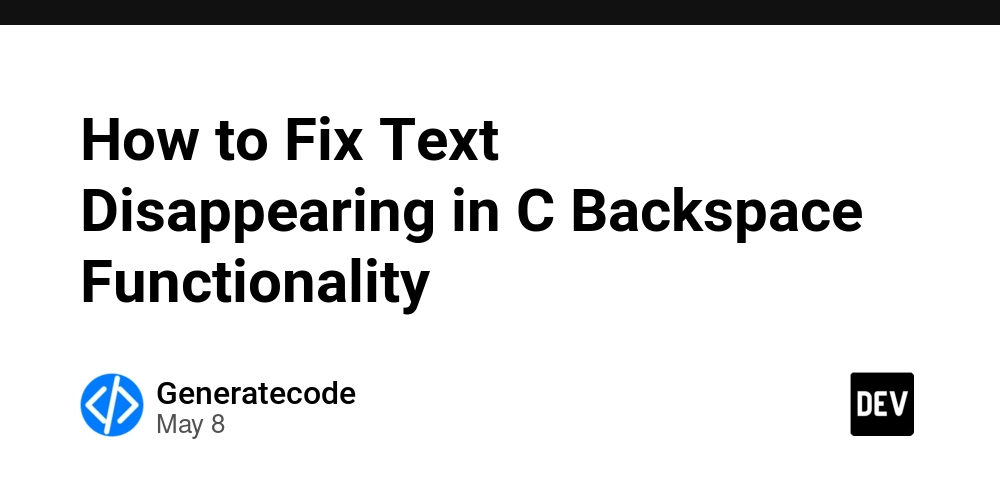
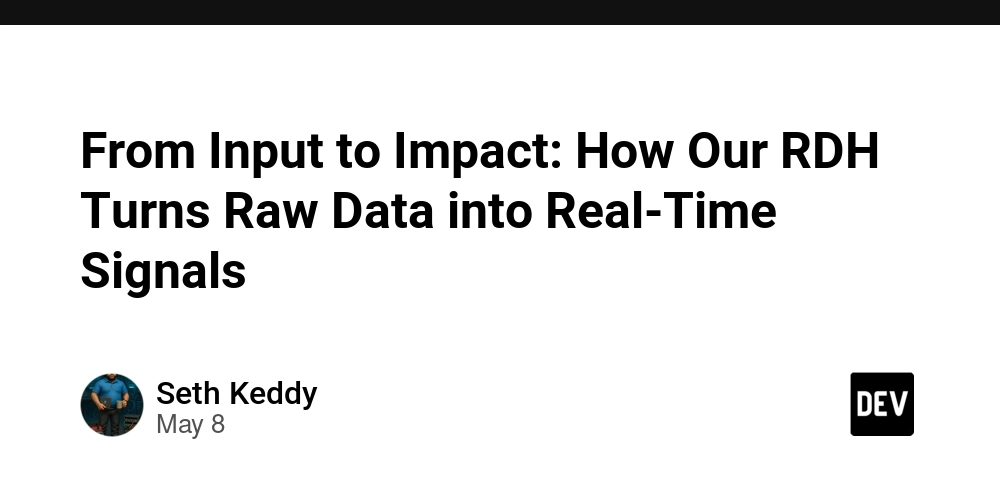
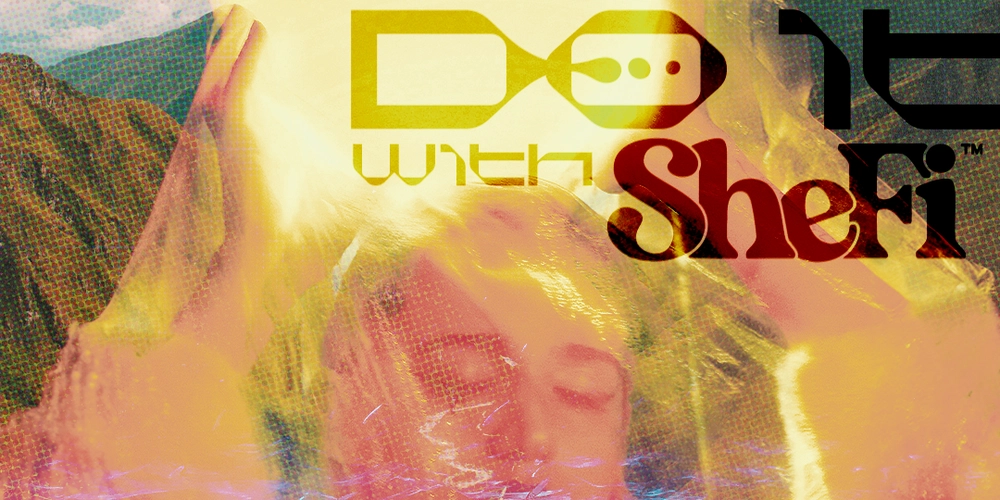














![[DEALS] The Premium Python Programming PCEP Certification Prep Bundle (67% off) & Other Deals Up To 98% Off – Offers End Soon!](https://www.javacodegeeks.com/wp-content/uploads/2012/12/jcg-logo.jpg)














































































































































_Aleksey_Funtap_Alamy.jpg?width=1280&auto=webp&quality=80&disable=upscale#)
_Sergey_Tarasov_Alamy.jpg?width=1280&auto=webp&quality=80&disable=upscale#)
















































































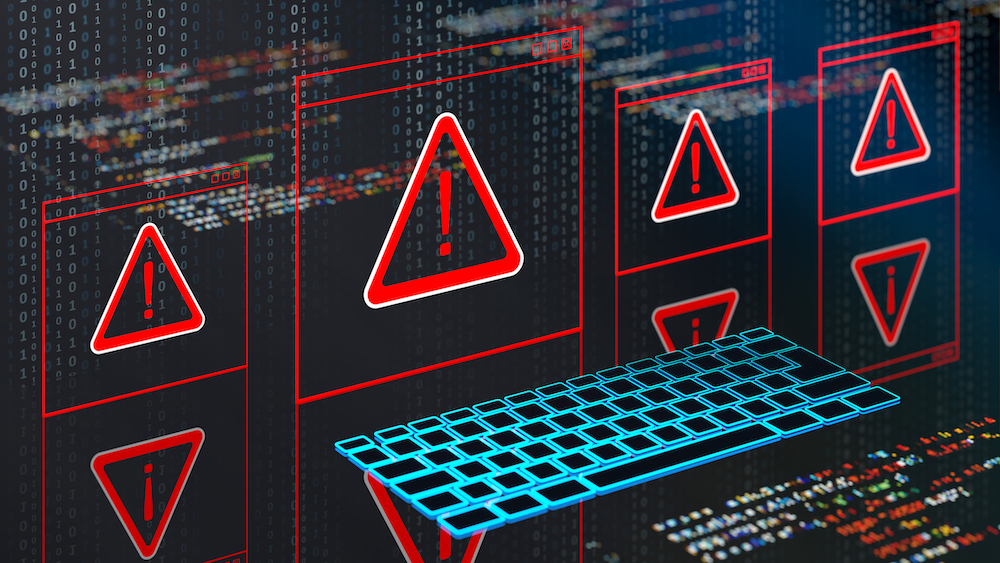



























![Apple Developing New Chips for Smart Glasses, Macs, AI Servers [Report]](https://www.iclarified.com/images/news/97269/97269/97269-640.jpg)
![Apple Shares New Mother's Day Ad: 'A Gift for Mom' [Video]](https://www.iclarified.com/images/news/97267/97267/97267-640.jpg)
![Apple Shares Official Trailer for 'Stick' Starring Owen Wilson [Video]](https://www.iclarified.com/images/news/97264/97264/97264-640.jpg)


































































